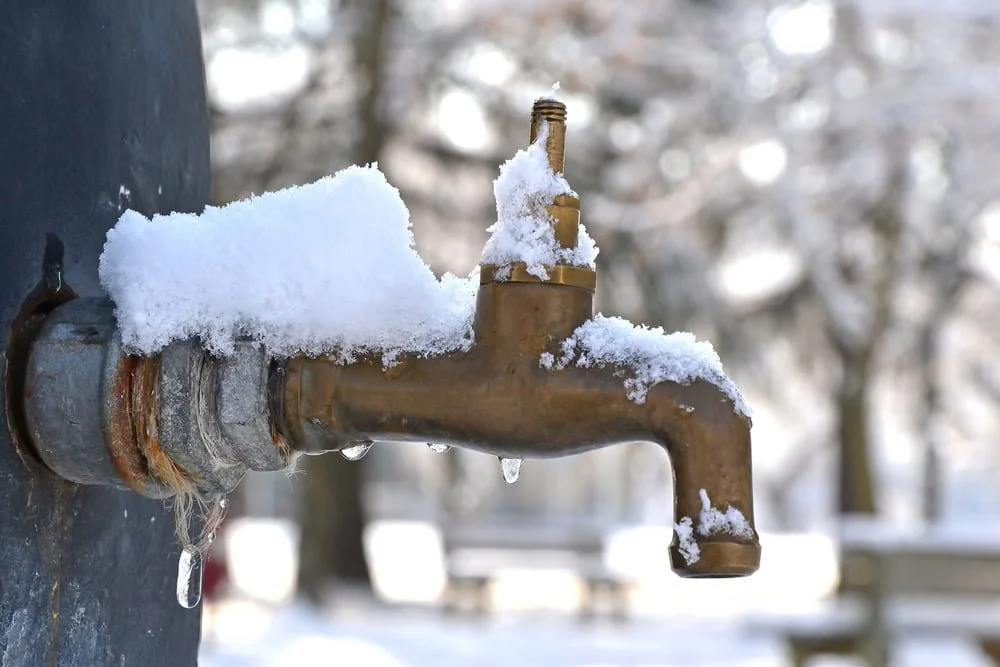Ways to Defend Your Pipes from Cold Weather: Specialist Guidance
Ways to Defend Your Pipes from Cold Weather: Specialist Guidance
Blog Article
Are you interested in guidance involving 6 Ways to Prevent Frozen Pipes?

Cold weather can damage your plumbing, especially by freezing pipelines. Here's just how to avoid it from taking place and what to do if it does.
Introduction
As temperatures drop, the danger of frozen pipelines boosts, potentially bring about expensive repair work and water damage. Understanding just how to avoid frozen pipelines is important for property owners in cold environments.
Understanding Icy Pipelines
What causes pipelines to ice up?
Pipelines freeze when revealed to temperatures below 32 ° F (0 ° C) for expanded periods. As water inside the pipes freezes, it increases, taxing the pipeline walls and potentially triggering them to break.
Risks and problems
Icy pipelines can result in water supply disruptions, home damages, and expensive fixings. Burst pipes can flood homes and cause considerable structural damage.
Signs of Frozen Pipeline
Recognizing frozen pipelines early can stop them from bursting.
Exactly how to identify frozen pipes
Look for reduced water flow from taps, uncommon odors or noises from pipes, and visible frost on subjected pipes.
Avoidance Tips
Protecting vulnerable pipelines
Wrap pipes in insulation sleeves or utilize warmth tape to secure them from freezing temperature levels. Concentrate on pipes in unheated or outside areas of the home.
Home heating methods
Keep indoor areas properly warmed, especially locations with plumbing. Open up closet doors to enable cozy air to flow around pipelines under sinks.
Safeguarding Outside Pipes
Garden hose pipes and outside taps
Disconnect and drain pipes garden tubes before winter season. Set up frost-proof spigots or cover exterior taps with insulated caps.
What to Do If Your Pipes Freeze
Immediate activities to take
If you think frozen pipes, keep faucets open up to eliminate pressure as the ice thaws. Make use of a hairdryer or towels taken in hot water to thaw pipes slowly.
Long-Term Solutions
Architectural changes
Think about rerouting pipelines away from outside walls or unheated locations. Add additional insulation to attic rooms, basements, and crawl spaces.
Updating insulation
Invest in high-grade insulation for pipes, attics, and walls. Correct insulation helps keep regular temperature levels and reduces the danger of icy pipelines.
Final thought
Stopping frozen pipelines needs proactive actions and quick responses. By understanding the reasons, indications, and safety nets, house owners can protect their pipes throughout cold weather.
6 Proven Ways to Prevent Frozen Pipes and Protect Your Home
Disconnect and Drain Garden Hoses
Before winter arrives, start by disconnecting your garden hoses and draining any remaining water. Close the shut-off valves that supply outdoor hose bibs and leave the outdoor faucet open to allow any residual water to drain. For extra protection, consider using faucet covers throughout the colder months. It’s also important to drain water from any sprinkler supply lines following the manufacturer’s directions.
Insulate Exposed Pipes
Insulating your pipes is an effective way to prevent freezing. Pipe insulation is readily available at home improvement stores and is relatively inexpensive. Pay close attention to pipes in unheated areas such as the attic, basement, crawl spaces, or garage. Apply foam insulation generously to create a buffer against the cold. You can also wrap your pipes in heat tape or thermostat-controlled heat cables for added warmth.
Seal Air Leaks
Inspect your home for any cracks or openings that could let in cold air. Seal any holes around the piping in interior or exterior walls, as well as the sill plates where your home rests on its foundation. Additionally, make sure to keep your garage door closed unless you’re entering or exiting. Leaving it open creates a significant air leak that can lead to frozen pipes.
Allow Warm Air Circulation
During cold snaps, it’s essential to allow warm air to circulate evenly throughout your home. Leave interior doors ajar to promote better airflow. Open kitchen and bathroom cabinets to help distribute heat consistently around the rooms. If you have small children or pets, be sure to remove any household chemicals or potentially harmful cleaners from open cabinets for safety.
Let Faucets Drip
A small trickle of water can make a big difference in preventing ice formation inside your pipes. When temperatures drop significantly, start a drip of water from all faucets served by exposed pipes. This continuous flow helps prevent the water from freezing. Additionally, running a few faucets slightly can relieve pressure inside the pipes, reducing the chances of a rupture if the water inside does freeze.
https://choateshvac.com/6-proven-ways-to-prevent-frozen-pipes-and-protect-your-home/

Do you appreciate reading about Helpful Tips to Prevent Frozen Pipes this Winter? Leave a comment down the page. We'd be pleased to find out your ideas about this article. We hope that you visit us again soon. Enjoyed our entry? Please quickly share it. Let another person discover it. Thanks a lot for going through it.
Request Estimate Report this page